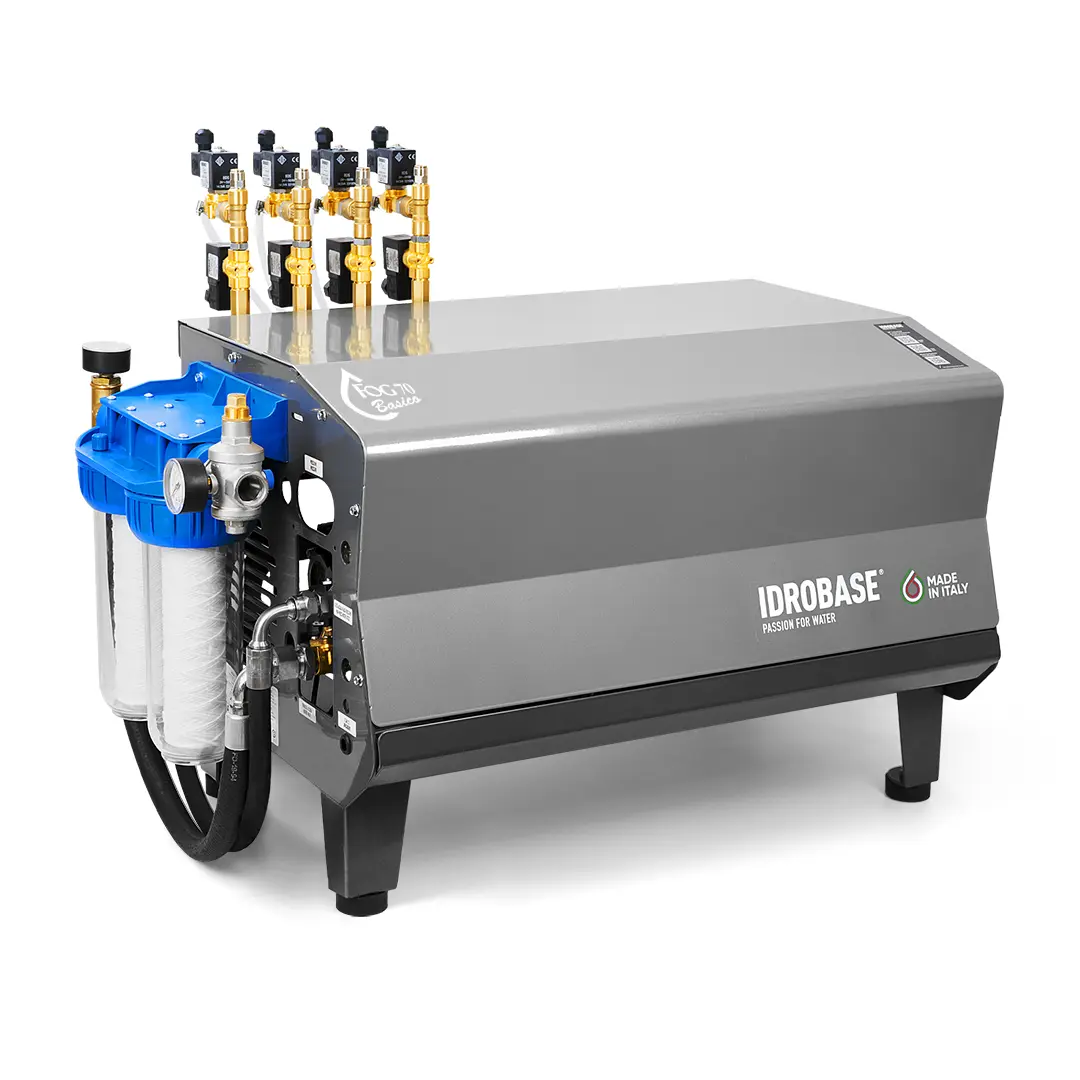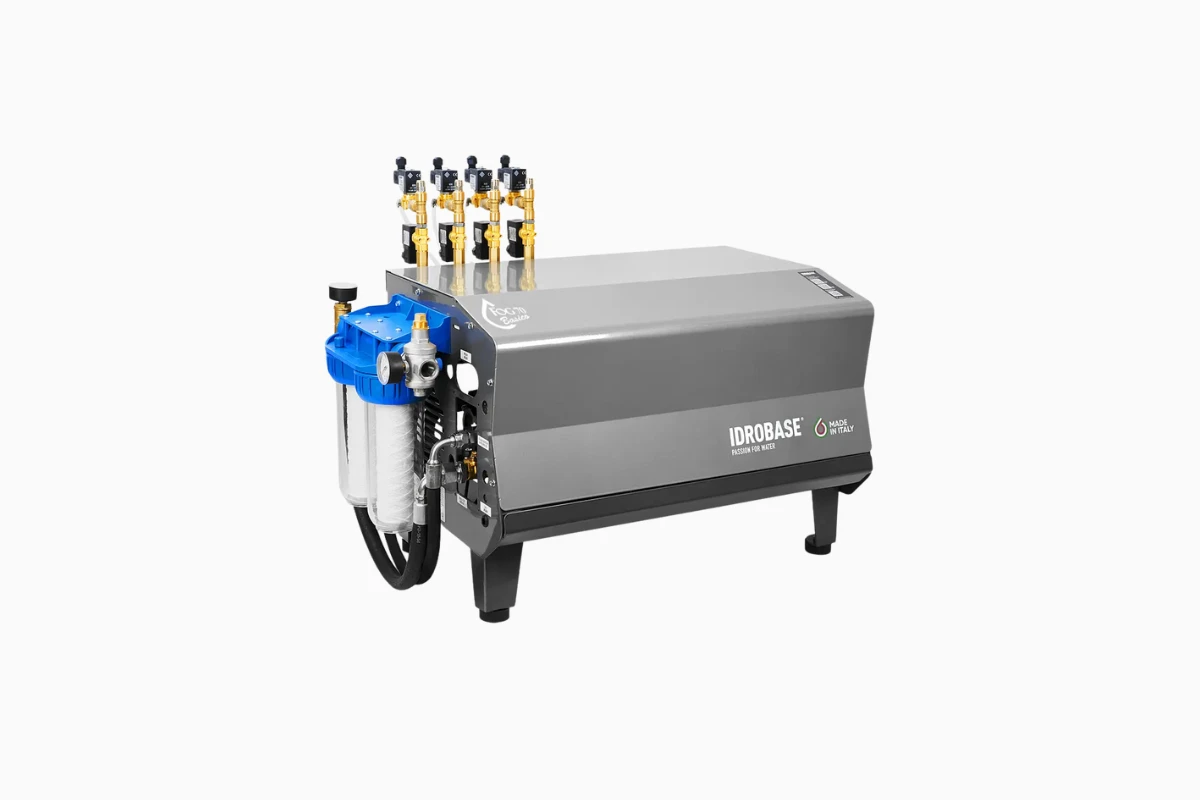An efficient hydraulic system is not the result of luck, but of methodical maintenance and a deep understanding of its internal dynamics. In an industry where every minute of downtime translates into direct costs and productivity losses, reactive maintenance—intervening only after a failure—has become a luxury no company can afford.
The future of the industry lies in proactive maintenance. Through a series of simple yet essential checks, it is possible not only to prevent catastrophic failures, but also to optimize performance, extend component life, and ensure your machinery always operates at peak efficiency. This guide lists the 5 essential hydraulic system checks that every technician, engineer, or production manager should master. They are not just procedures, but true pillars of an efficiency and reliability strategy.
Check 1: Analysis of hydraulic oil and its condition
Hydraulic oil is the power and soul of your system. But a visual inspection, although it may seem like a useful first check, is not enough. Its condition, purity, and properties are direct indicators of the health of the entire system. The color and smell of the oil can give an indication, but only a laboratory analysis can reveal the invisible threats that endanger the machine.
– Ferrographic analysis
Ferrography is the art of analyzing metallic wear particles present in the oil. A ferrographic analysis doesn’t just count the particles—it classifies them by shape, size, and composition. An experienced technician can distinguish between normal wear particles, abrasive wear particles (such as those caused by external contaminants), and particles indicating abnormal and potentially catastrophic wear. This check is the first indicator of impending issues in pumps, motors, or bearings.
– Measurement of solid contamination
Contamination is the main cause of 70–80% of hydraulic component failures. Microscopic particles, sometimes smaller than a human hair, act as abrasives inside pumps and valves, causing rapid wear. Oil cleanliness is measured using international standards such as ISO 4406. Regular analysis of contamination levels allows you to act before damage becomes irreversible.
– Viscosity and viscosity index check
Hydraulic oil has an optimal viscosity for each application, and temperature significantly affects it. Oil that is too viscous (cold) slows the system and generates friction heat, while oil that is too thin (hot) reduces pumping efficiency and lubrication, causing internal leaks and wear. The viscosity index indicates how much the oil’s viscosity changes with temperature. Oil with a high viscosity index provides greater safety margins and more stable performance.
Check 2: Verification of pressure and flow
Pressure is the driving force of the system, while flow is its rhythm. Abnormalities in these two parameters are clear symptoms of internal problems. A pump that does not reach its rated pressure, a valve that does not respond correctly, or an internal leak will immediately appear as variations in pressure and flow.
– Pressure and internal leaks
An internal leak is invisible, but it wastes energy and generates heat. Testing the pressure of a system at rest or under load helps you identify these leaks. A pressure gauge installed at critical circuit points can reveal anomalies. Rapid pressure drop when the actuator is stationary, or failure to reach the set value, clearly indicates leaks or pump issues.
– Flow measurement
Flow, or flow rate, indicates the amount of oil moving through the system per unit of time. Reduced flow compared to the rated value can be caused by obstructions, a worn pump, or an internal leak. Measuring flow with a portable flowmeter is an indispensable diagnostic method for evaluating pump efficiency and system response.
Check 3: Temperature monitoring and thermal management
We’ve already explored the crucial importance of temperature in another article. Thermal management is the backbone of preventive maintenance. Oil operating at excessive temperatures loses its lubricating properties, oxidizes faster, and degrades rubber components.
– The role of heat exchangers
Heat exchangers, whether air-oil or water-oil, are the radiators of the system. Their efficiency is vital. Regular inspection of their cleanliness (especially for air-oil exchangers that can clog with dust and debris) and correct operation is essential.
– The effectiveness of additional cooling systems
In particularly demanding environments, or in systems that generate excessive heat, simple ventilation is not enough. Think, for example, of a system operating in dusty environments such as a sawmill or recycling plant. In addition to the heat generated, there is the issue of overheating caused by dust clogging the exchanger fins. In these cases, the solution is not only cooling, but also managing the surrounding environment.
This is where an innovative solution like the FOG MODULE FOG 70 EXTRA comes into play. It is not just a simple cooling system but a misting system that, through a fine fog, can help clean and cool the surrounding environment, reducing dust buildup and indirectly improving the efficiency of heat exchangers.
These types of complementary solutions to traditional hydraulic systems offer a holistic approach to managing heat and environmental contamination—two critical factors in maintaining high efficiency.

Check 4: Visual inspection and leak detection
External leaks are a warning sign. They not only represent fluid waste and an environmental risk but also indicate problems such as worn seals, excessive pressure, or incorrect assembly.
The visual method and UV lamp
Visual inspection is the first and simplest of checks. Look for traces of oil on hoses, fittings, cylinders, and tanks. Even the smallest wet spots indicate something is wrong. To detect tiny, hard-to-see leaks, adding a fluorescent dye to the oil—visible under a UV lamp—is an effective, non-invasive diagnostic method.
Check 5: Filter condition check
Filters are the kidneys of your system. They remove solid contaminants, protecting pumps, valves, and cylinders from wear. However, a clogged filter can cause more harm than good.
– Filter clogging indicators
Most high-quality hydraulic filters are equipped with a visual or electrical indicator that signals when the filter element is clogged and needs replacement. Ignoring this warning can cause the filter to go into bypass mode, reintroducing into the system all the contaminants it had previously trapped.
– The importance of off-line filtration
For systems that require extremely clean fluid or machines operating in very dirty environments, an off-line filtration system—or “kidney loop”—is a crucial investment. These systems operate independently from the main circuit, continuously filtering the oil and maintaining a level of cleanliness that in-line filters could never achieve.
These 5 checks are not just a to-do list. They represent a philosophy of proactive maintenance—a mindset that transforms your approach to hydraulic systems. At LubeTeam, we don’t just sell products; we offer expertise and consultancy. Our experience is built on the understanding that every system is unique and requires detailed analysis.
Relying on a partner like LubeTeam means having a team of engineers by your side who analyze your system, identify weak points, and propose tailored solutions. From choosing the right fluid to designing a custom filtration system, from thermal evaluation to supplying high-quality components, our goal is to maximize your machinery’s reliability and efficiency.
Maintenance is not a cost but an investment. Performing these 5 essential hydraulic system checks—and doing so with expert support—allows you to turn risks into opportunities and ensure the continuity and productivity of your business.

